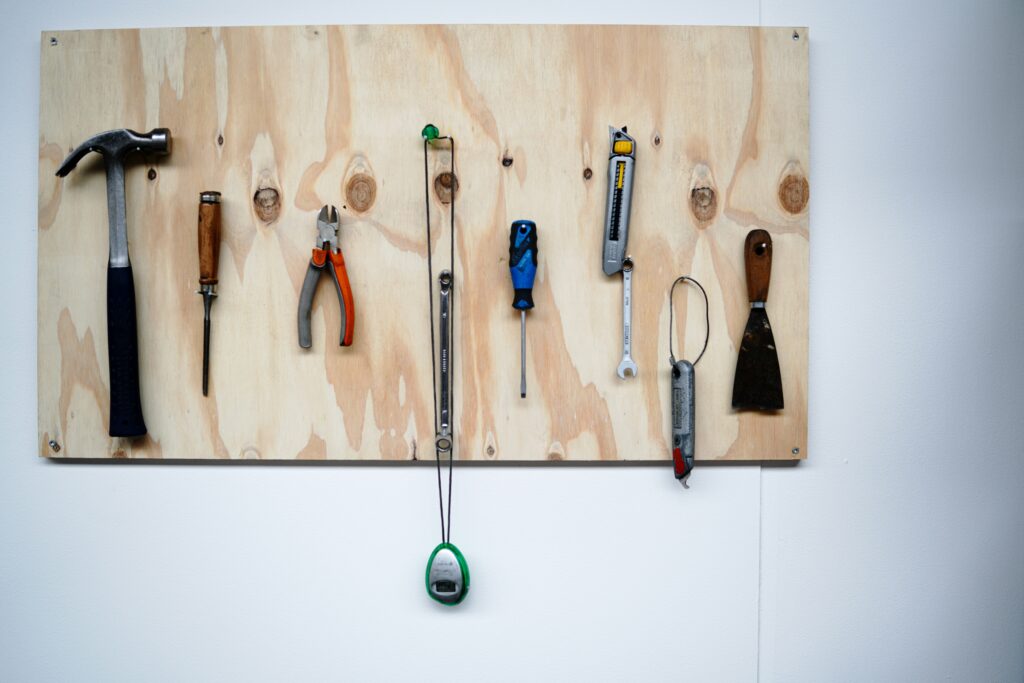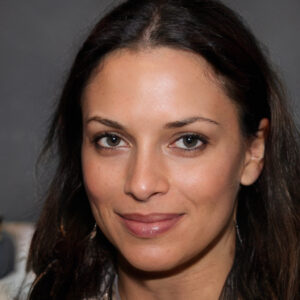Types of Tablets and Key Specs to Know
Choosing the right tablet is crucial for any digital creator. Whether you’re sketching, editing photos, or designing complex illustrations, understanding the tablet landscape will help you match your gear to your workflow.
Categories of Drawing Tablets
There are three main types of tablets, each serving different needs and experience levels:
Graphics Tablets
- Requires an external monitor—acts as an input device like a digital canvas.
- Great for those who already have a computer setup.
- Popular choice: Wacom Intuos series.
Display Tablets
- Draw directly on the screen, giving a more natural, paper-like feel.
- Offers better hand-eye coordination.
- Popular models include: XP-Pen Artist series, Wacom Cintiq line.
Tablet Computers
- All-in-one devices that double as drawing tools and full computers.
- Excellent for multitasking and creative work on the go.
- Leading options: iPad Pro, Microsoft Surface Pro.
Key Specs to Watch For
When buying a tablet, don’t just look at brand names—check the specs that matter for performance and comfort.
Pressure Sensitivity
- Measured in levels (e.g., 2,048 to over 8,000).
- Higher sensitivity = more nuanced control over stroke weight and opacity.
Size
- Consider how much desk space you have vs. how portable you need it to be.
- Smaller tablets are lightweight and mobile.
- Larger tablets offer a roomy drawing surface for bigger projects.
Resolution (LPI – Lines Per Inch)
- Affects stroke precision and visual clarity.
- Higher LPI = better detail and responsiveness.
Responsiveness (Report Rate or RPS)
- A faster report rate means smoother tracking of your pen movements.
- Helps reduce lag for a more natural drawing feel.
Understanding these tablet types and specs arms you with the knowledge to choose a device that fits your creative process—whether you’re just starting or upgrading your studio toolset.
From Paper to Pixels: Why Digital Creation Isn’t Just a Trend
Sketchbooks, notepads, loose sheets—every creative starts there. But in 2024, the shift to digital tools isn’t optional anymore; it’s just the new standard. Going digital speeds up the process, keeps work organized, and unlocks creative techniques that paper simply can’t handle.
The jump from paper to tablet doesn’t mean giving up your instincts; it means sharpening them. With the right gear—a solid stylus, a responsive tablet, and intuitive software—you streamline your workflow, cut down on clutter, and gain flexibility. Changing brush types mid-sketch? Easy. Syncing notes with audio? No problem. Undo button? Always a blessing.
Learning the ins and outs of digital tools opens up more than just convenience. You’ll start to understand the language of layers and pressure sensitivity. You’ll move faster from concept to publish-ready. And you’ll stand out in a sea of creators who are still stuck with static methods. Digital isn’t the future—it’s the current baseline. Best to meet it head-on.
Stylus Types
Not all styluses are built the same—and you don’t need a tech degree to see why that matters.
Passive styluses are your no-frills option. They don’t have electronics inside, which means no pressure sensitivity, no tilt features, and no fancy extras. Think of them as glorified pens: good for basic navigation or rough sketches, but don’t expect much nuance.
Active styluses, on the other hand, come loaded. These are designed for serious creatives and professionals who need precision. Active pens include built-in tech for pressure sensitivity and tilt recognition, giving users a more natural, pencil-on-paper kind of feel. Brands like Apple Pencil and Wacom Pens fall into this category—they’re the go-to for designers, illustrators, and digital note-takers who want full control.
Features That Matter
Let’s keep it simple. Here’s what actually matters when choosing a stylus:
-
Pressure levels: 2,048 is fine. 8,192 is great—more levels mean smoother gradients and better stroke control. If you’re sketching, editing, or doing digital painting, that bump in sensitivity can make a real difference.
-
Tilt functionality: Want to shade like you would with the side of a pencil? Then tilt recognition is a must. It tracks the angle of your pen, which is key for natural shading and line variation.
-
Battery-free vs. rechargeable: Battery-free styluses (like many from Wacom) use EMR tech and never need charging—less hassle, especially long-term. Rechargeable ones (like the Apple Pencil) need power but often offer more advanced features.
-
Programmable buttons: These are the sleeper feature. Assign common actions—like undo or brush toggle—to side buttons and you’ll save real time. It’s one of those things you don’t think about until you have it, and then you wonder how you lived without it.
Beginner to Pro Options
If you’re just getting into digital drawing, start light. Krita and Autodesk SketchBook won’t cost you a dime, and they run smooth on most machines. Both offer enough brushes, layers, and pressure support to build skill without distractions. They’re flexible, fast, and free—solid for hobbyists or anyone figuring out workflow basics.
If you’re leveling up, the pro picks are where power lives. Clip Studio Paint, Adobe Photoshop, and Corel Painter dominate the space for a reason. They handle high-res files, custom brushes, complex layering, and full-color rendering without hiccups. Clip Studio is a no-brainer for illustrators and comic artists—it’s built with panels, speech bubbles, and inking tools in mind. Corel Painter pushes things closer to traditional art—think real oil brushes, canvas textures, and awkwardly satisfying smudges.
Bottom line: match the tool to your style and intent. Start with the simple stuff, but don’t be afraid to move up when your skills outgrow the basics.
Features to Look For
It’s not just about brand—features matter. Look for brush customization so your strokes feel right. A strong layer system with blending modes will save your sanity on complex pieces. Check that your tablet or stylus plays nice with it—pressure sensitivity and tilt matters more than you think. Bonus points if the app syncs with mobile or offers cloud saves.
Want to upskill your technique to go with your tools? Check out 10 Must-Know Drawing Techniques for Aspiring Artists
Matching Gear to Style: Keep It Simple, Work Smarter
Tools don’t make the creator, but the right setup can keep your process lean and your output sharp. Whether you’re vlogging with a phone or a mirrorless rig, the real key is matching your gear to your specific workflow, not chasing specs you’ll barely use. If you mostly shoot talking heads in natural light, don’t overcomplicate with a studio setup. If your style thrives on motion—travel vlogs, action, or day-in-the-life formats—stability and portability matter more than extra megapixels.
Starting out? Keep it basic. The best upgrades are the ones you realize you need after hitting limits, not because a YouTuber unboxed something flashy. Add one new tool at a time. Learn it. Make it work for you.
Creators waste months chasing hardware hacks when it’s often their editing rhythm or shooting schedule that needs dialing in. Workflow always outruns raw gear. Master that first, and the tech won’t control you—you’ll control it.
Tools Don’t Make the Creator—But They Do Make It Easier
Tech won’t turn you into an overnight vlogging legend, but when used right, it clears the path. Solid gear and smart software amplify what you’re already capable of. That means faster edits, cleaner audio, tighter storytelling—with less friction. But none of that matters if there’s no voice behind it. You still have to bring the ideas.
Good news: the barrier to entry is low. You can shoot, edit, and publish compelling content from a phone. Start scrappy. Rent gear. Try free tools. Upgrade when it starts to feel like your tech is holding you back, not the other way around.
The real goal? Get to a point where the gear fades into the background. You stop thinking about the tool and start focusing only on the story. That’s when your creativity runs the show—and that’s where great vlogs are born.

 Trevana Kelthorne, the visionary behind FLP Emblemable, built the platform on a passion for creativity, artistic exploration, and global expression. With years spent studying diverse art movements and supporting emerging creators, she founded FLP Emblemable to give artists a space where ideas, techniques, and inspiration can flow freely. Trevana’s mission is to connect communities through art, encourage experimentation, and spotlight the voices shaping tomorrow’s creative world.
Trevana Kelthorne, the visionary behind FLP Emblemable, built the platform on a passion for creativity, artistic exploration, and global expression. With years spent studying diverse art movements and supporting emerging creators, she founded FLP Emblemable to give artists a space where ideas, techniques, and inspiration can flow freely. Trevana’s mission is to connect communities through art, encourage experimentation, and spotlight the voices shaping tomorrow’s creative world.